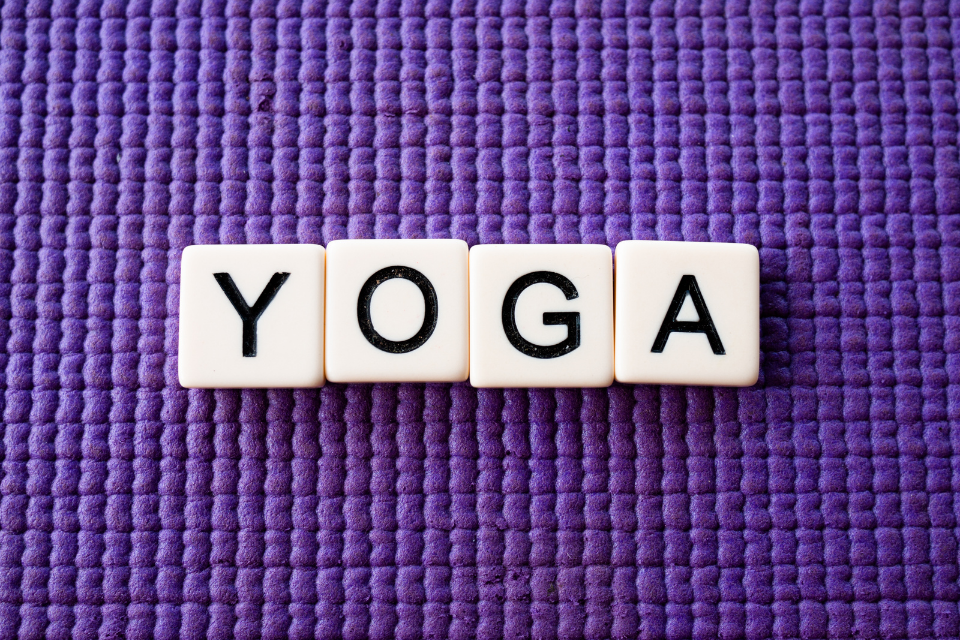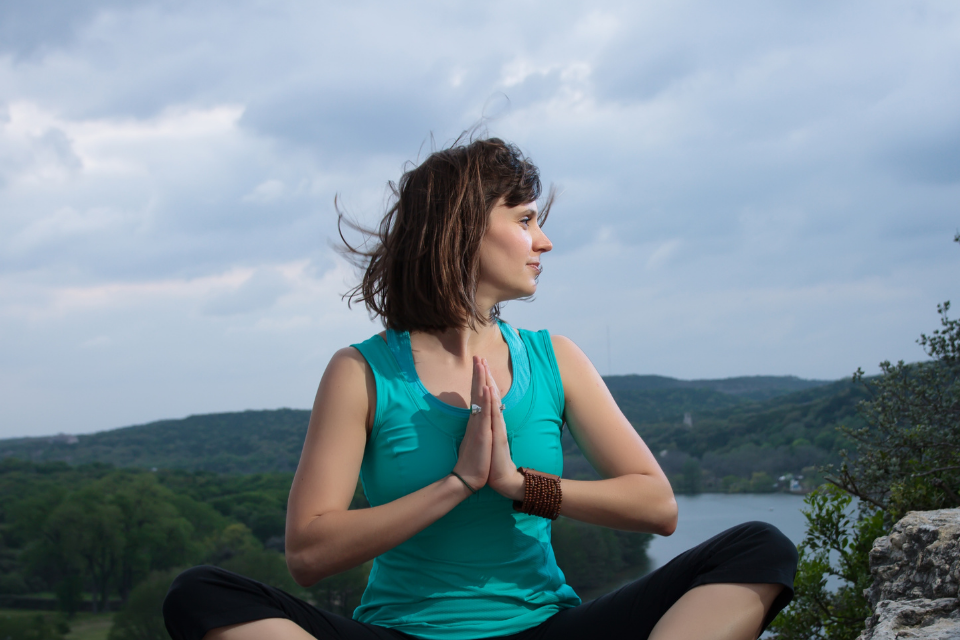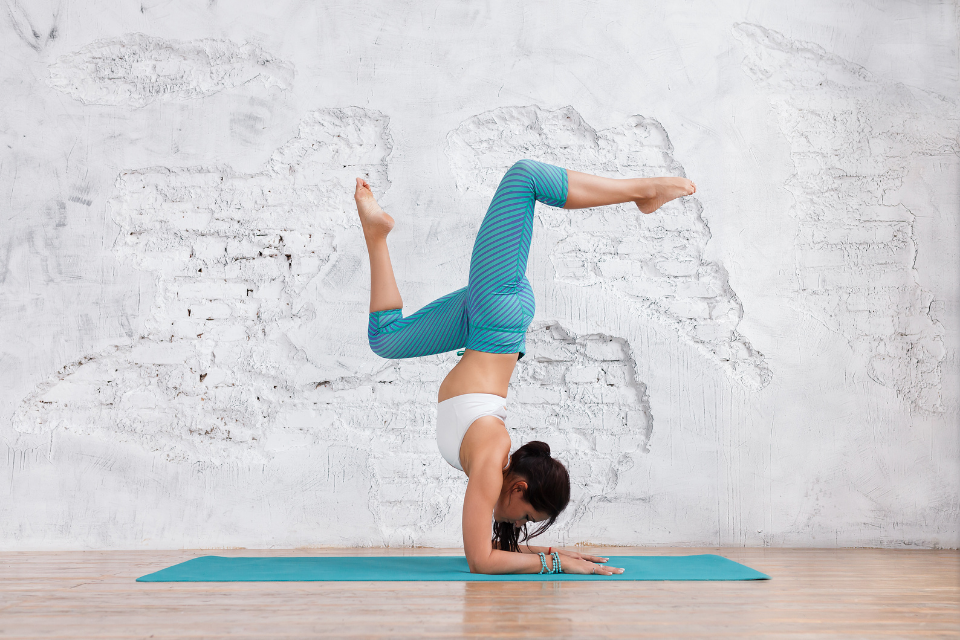What is Yoga?
Yoga is essentially a spiritual discipline based on an extremely subtle science which focuses on bringing harmony between mind and body. It is an art and science for healthy living. The word “Yoga” is derived from the Sanskrit root yuj meaning “to join”, “to yoke” or “to unite”. According to Yogic scriptures, the practice of Yoga leads to the union of individual consciousness with universal consciousness.
The Fundamentals of Yoga
Yoga works on the level of one’s body, mind, emotion and energy. This has given rise to four broad classifications of Yoga: Karma Yoga where we utilise the body; Jnāna Yoga where we utilise the mind; Bhakti Yoga where we utilise the emotion and Kriya Yoga where we utilise the energy. Each system of Yoga we practice falls within the gamut of one or more of these categories
Yogic practices for health and wellness
The widely practiced Yoga sadhanas are: Asana & Pranayama,
Pranayama consists of developing awareness of one’s breathing followed by wilful regulation of respiration as the functional or vital basis of one’s existence. It helps in developing awareness of one’s mind and helps to establish control over the mind. In the initial stages, this is done by developing awareness of the “flow of in-breath and out-breath” (svasa-prasvasa) through nostrils, mouth and other body openings, its internal and external pathways and destinations.
Later, this phenomenon is modified, through regulated, controlled and monitored inhalation (svāsa) leading to the awareness of the body space getting filled (puraka), the space(s) remaining in a filled state (kumbhaka) and it is getting emptied (rechaka) during regulated, controlled and monitored exhalation (prasvāsa).
Guiding principles given below while performing Yogic practices:
- Sauca means cleanliness – an important prerequisite for Yogic practice. It includes cleanliness of surroundings, body and mind.
- Yogic practice should be performed in a calm and quiet atmosphere with a relaxed body and mind.
- Yogic practice should be done on an empty stomach or light stomach. Consume small amount of honey in lukewarm water if you feel weak.
- Bladder and bowels should be empty before starting Yogic practices.
- A mattress, Yoga mat, durries or folded blanket should be used for the practice
- Light and comfortable cotton clothes are preferred to facilitate easy movement of the body.
- Yoga should not be performed in state of exhaustion, illness, in a hurry or in acute stress conditions.
- In case of chronic disease/ pain/ cardiac problems, a physician or a Yoga therapist should be consulted prior to performing Yogic practices.
- Yoga experts should be consulted before doing Yogic practices during pregnancy and menstruation.
During the practice
- Practice sessions should start with a prayer or invocation as it creates a conducive environment to relax the mind.
- Yogic practices shall be performed slowly, in a relaxed manner, with awareness of the body and breath.
- Do not hold the breath unless it is specially mentioned to do so during the practice.
- Breathing should be always through the nostrils unless instructed otherwise.
- Do not hold body tightly or jerk the body at any point of time.
- Perform the practices according to your own capacity.
- It takes some time to get good results, so persistent and regular practice is very essential.
- There are contra-indications/ limitations for each Yoga practice and such contra-indications should always be kept in mind.
- Yoga session should end with meditation/ deep silence / Shanti paṭha.
After practice
- Bath may be taken only after 20-30 minutes of practice.
- Food may be consumed only after 20-30 minutes of practice.
How yoga can help
- Yoga is essentially a path to liberation from all bondage. However, medical research in recent years has uncovered many physical and mental benefits that Yoga offers, corroborating the experiences of millions of practitioners. A small sampling of research shows that:
- Yoga is beneficial for physical fitness, musculoskeletal functioning and cardio-vascular health.
- It is beneficial in the management of diabetes, respiratory disorders, hypertension, hypo-tension and many lifestyle related disorders.
- Yoga helps to reduce depression, fatigue, anxiety disorders and stress.
- Yoga regulates menopausal symptoms.
- In essence, Yoga is a process of creating a body and mind that are stepping-stones, not hurdles, to an exuberant and fulfilling life.
1.Prayer
Yogic Practice shall start with a prayer or prayerful mood to enhance the benefits of practice.
2. Loosening Practices
The loosening practices help to increase micro-circulation. These practices can be done while standing and sitting.
































